Equistro mega base junior
- Gratis verzending boven de €49,-
- WhatsApp: +31 (0)653340808
- Voor 23:59 besteld = volgende werkdag in huis
- Overleg met onze specialisten
| Contents | Number of days | Price | Price per day |
|---|---|---|---|
| 1 L | 50 | €76.95 | €1.54 |
Equistro Mega Base Junior 1000 ml
Mare's milk, the main nutrient source for foals, unfortunately does not nearly meet the requirements of growing animals for several important volume elements and trace elements. According to Sonntag, 1996, foals in the 3rd month of lactation receive only 37% of their Ca requirement, 20% of their Mg requirement, 17% of their P requirement and 12% of their Fe requirement via mare's milk. Copper reserves must be stored in the foetal liver and mobilized post partum, since the copper content of mare's milk is very low.
However, 61% of aborted or early-death foals showed insufficient Cu reserves (Hebeler et al., 1996). Therefore, 2 of 3 early-birth foals are very likely to have Cu deficiency, and even in normal births low copper reserve levels with subsequent deficiency can be assumed.
Zinc-levels in foal livers correlate with metacarpal values. Insufficient reserves may be the cause of disturbed skeletal mineralisation and subnormal development. Vitamin A reserves in the liver of newborn foals are very limited. Colostrum contains large quantities of it, in spite of which foals show serum values like those in old horses suffering from deficiency'. Vitamin A supply from grazing is also insufficient (Kronfeld et al., 1996). Direct substitution in foals - i.e. not via the mares - is recommended (Greiwe-Crandell, 1996).Pasture grass cannot remedy a mineral deficiency. According to Finkler-Schade et al., 1996, the following percentages of foals on pastures in Westphalia showed deficiencies, some of them to a considerable extent: Ca 100%, P 100%, Mg 90%, Fe 20%, Cu 100% and Zn 70% For many foals the situation does not change significantly in winter. Despite the administration of minerals in the 38 breeding operations surveyed, Hackländer et al., 1996, found the following supply situation for foals during the stable period: in 16% of operations deficiency of Fe, in 3% of Mg, in 30% of Cu and in 30% of Zn. The overall impression of an uncertain supply of important nutrients to foals during this most important phase of life fits in with the many postural and limb anomalies observed during the grazing period in sucking foals, very frequently after the 5th month of their lives (Finkler-Schade, 1996), as well as the joint, bone and tendon pathologies in foals, weanlings and yearlings summed up in the English and American literature under developmental orthopaedic disease (DOD).
Even though other causes for these orthopaedic conditions cannot be excluded in all cases, the following facts are indisputable:
• Supply deficiencies can be expected in nearly all foals
• Supplementation may show surprising efficacy and
• Irreparable later damage to the skeleton and locomotor apparatus can be avoided by early supplementation, i.e. beginning no later than the 3rd month of life
EQUISTRO MEGA BASE JUNIOR is formulated especially to meet the requirements of a sucking foal during the first 7 months of its life. It contains mineral, trace element and vitamin compounds produced in processes that preserve their high biological value. The liquid product form means ready metabolic availability.
EQUISTRO MEGA BASE JUNIOR helps ensure basic supplies of nutrients required for the harmonious and regular development of the skeleton and the locomotor apparatus in foals. Beginning with the bagging up, EQUISTRO MEGA BASE JUNIOR can also be given to mares to increase the reserves of certain nutrients in the foetus and to ensure initially higher content levels in mare's milk.
| Brand | Equistro |
|---|---|
| Quantity - ml | 1 L |
| Substance | Liquid |
| Dosage | 20 ml |
| Ingredients | Composition : Di-calcium phosphate, Glycerin, Delactosed wey powder, Magnesiumchloride. |
| Usage Text | 1000ml TOEREIKEND VOOR 50 dagrantsoenen voor een veulen met een verwacht eindgewicht van 500 kg |
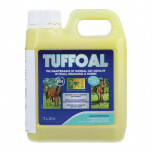 TRM Tuffoal€30.25
TRM Tuffoal€30.25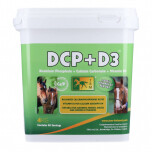 Trm dcp + d3€65.75
Trm dcp + d3€65.75
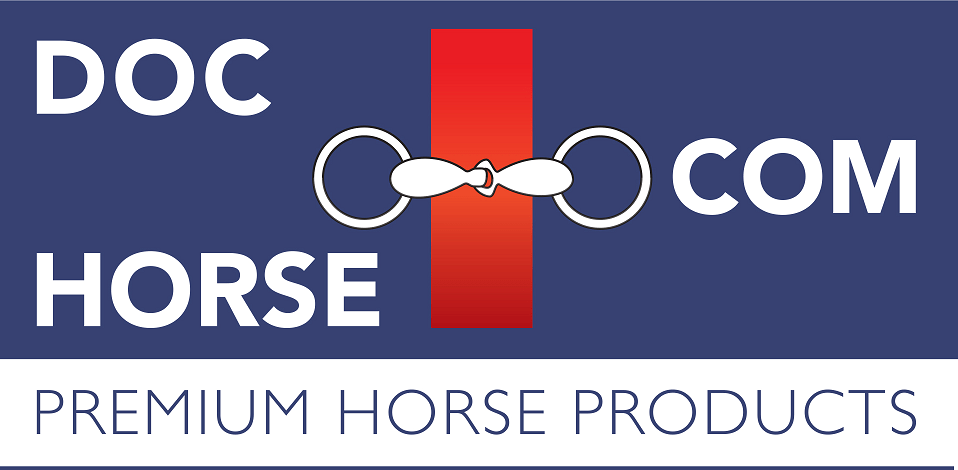

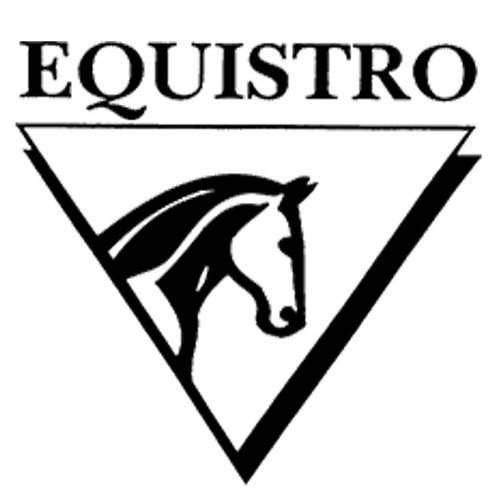
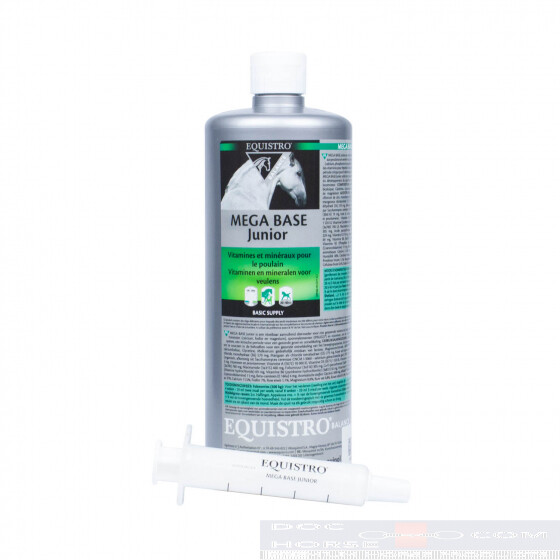
Validate your login